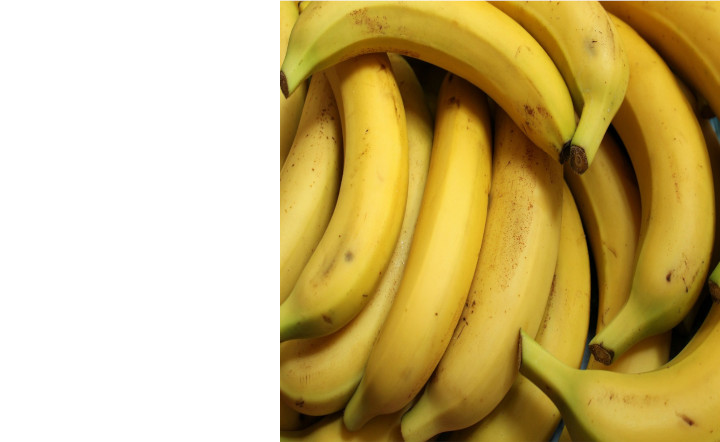In this post-election season, when half the country is celebrating and the other half is crying, we all need to chill out a bit. So enjoy reading this post. It’s our Thanksgiving treat.
In this postmodern world, where subjectivism rules, the line between art and junk has become increasingly blurred. The latest iteration was the conceptual artwork by Maurice Cattelan, “Comedian,” that sold for $6.2 million at an auction held at Sotheby’s in New York City on November 20. It consists of a banana, duct-taped to a wall.
Bidding started at $800,000 and quickly ballooned to $5.2 million; the buyer had to pay another $1 million in fees to Sotheby’s. The buyer, Chinese-born Justin Sun, said, “I will personally eat the banana as part of this unique artistic experience, honoring its place in both art history and popular culture.” The banana was bought at a fruit stand earlier in the day for 35 cents.
Got to give it to Cattelan—he knows how to attract attention.
In 2001, at a Christie’s auction, Cattelan’s “The Ninth Hour” was sold. The installation depicted Pope John Paul II being crushed by a meteorite while clutching his crozier. At the time, I said, it “strikes us as being bizarre, but not necessarily anti-Catholic.” Cattelan was disappointed with the lack of reaction to his work, which he confessed was a “little” anti-Catholic.
Pope Francis likes Cattelan’s work. Last March Cattelan was invited to create a large outdoor installation for the Vatican’s Venice Biennale Pavilion; it was displayed at the Giudecca Women’s Prison. The pope attended the exhibition. There were no bananas in sight.
It’s a good thing Cattelan taped the banana to the wall; otherwise, it might have been thrown in the garbage.
Last month two beer cans were displayed in a Dutch museum. This masterpiece, which was created in 1988 by Alexandre Lavet, was titled, “All the Good Times We Spent Together.” What made it so special, the museum’s director said, is that the beer cans were displayed on top of a glass elevator. The elevator mechanic on duty mistakenly threw them in the garbage.
This is not unusual in the art world.
British artist Damien Hirst had his magnum opus—candy wrappers, newspapers, coffee cups, ashtrays and beer bottles—tossed in the garbage in a London gallery in 2001. Three years later at the Tate museum in Britain, the brilliant work of German artist Gustav Metzger, which consisted of a bag of rubbish, was given the heave-ho by janitors. In 2015, empty champagne bottles, confetti and cigarette butts—the work of two genius women artists—wound up in the trash after being displayed in an Italian museum.
None of these artists are in the same league with the banana man. But even if the pope is one of his fans, Cattelan still has his critics.
In 2011, the New York Times said, “It may be time for him to quit.” I courageously defended him, noting that “Last year he installed a solid-gold toilet in a Guggenheim restroom. If he has another one left over, maybe he’ll gift it the Catholic League.” But I felt obliged to note that “we have union labor in the building so unfortunately they won’t allow him to install it.”
“Yes, we have no bananas” at the Catholic League. However, reading about this junk clearly makes us go bananas.
Happy Thanksgiving!







